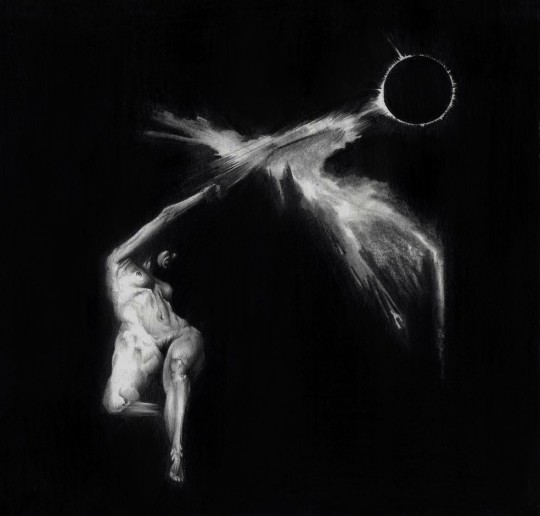#Micki Pellerano
Text
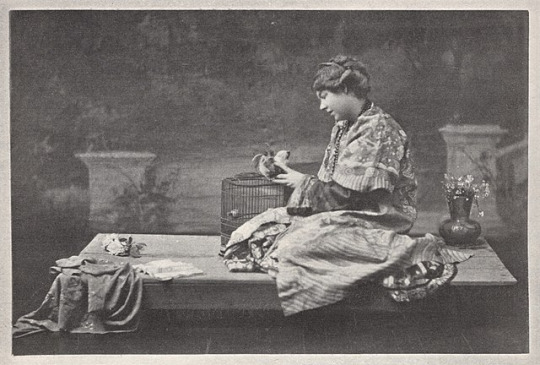
Pamela Colman Smith. Image in the public domain.
She’s the world’s most famous occult artist but her name is almost unknown.
Such is the enigma of Pamela Colman Smith (1878–1951), an early 20th-century artist, writer, and mystic. Smith created dreamy, Symbolist-inspired watercolors that won her acclaim in her youth, including three successful exhibitions at Alfred Stieglitz’s famed New York gallery, 291, where she was the first non-photographic artist to have a show.
She was also an intimate friend of Dracula writer Bram Stoker, poet William Butler Yeats, and the actress and artistic muse Ellen Terry, for whom Smith designed illustrations and stage sets.
However, Smith’s most lasting artistic contribution was undoubtedly her designs for the Rider-Waite tarot deck. Made in collaboration with mystic and scholar A.E. Waite, Smith created the Art-Nouveau-inspired imagery of mythical archetypes set against luminous monochromatic backgrounds. Released in 1909, the deck is now regarded as the standard set, with more than 100 million copies in circulation. Smith’s imagery has become synonymous with tarot itself.
And yet, for more than a century, Smith went wholly uncredited for her contribution. Her claim to the deck was only cemented by her iconic serpentine signature, a monogram she created while studying Japanese design, and which she embedded into the decoration for every Tarot card.
“Tarot is a visual device—and yet the visual artist who composed them was eclipsed by Waite, the scholar, and Rider, the manufacturer,” said Micki Pellerano, a New York-based artist, astrologer, and scholar of occult history, “Academics, with all their inertia and corporatism, are somehow more palatable to the public and valuable to the market than artistry and vision… little has changed.”
But Smith has slowly been gaining recognition. The exhibition “At the Dawn of a New Age: Early Twentieth-Century American Modernism,” currently on view at the Whitney Museum of American Art, features an entire vintage set of the Rider-Waite tarot deck with attribution to Smith alongside The Wave, a luminous 1903 watercolor and ink drawing in the museum’s collection. The artist’s place in art history is still forming, however, and her contributions are more complex than a simple story of rediscovery.
Pamela Becomes Pixie
Born in London to upper-class American parents, Smith moved through a sophisticated and cultured circle, spending her childhood in New York and then Jamaica, where she would be profoundly shaped by that nation’s folkloric history. Smith returned to New York in 1893, enrolling in Pratt Institute, though she would leave after two years to pursue her own interests, then returning to London following the death of her mother.
She was deeply involved in the literary world and her early accomplishments include the illustrations for a volume of verses by William Butler Yeats (1898), as well as the publication of her own writing, Annancy Stories, a collection of Jamaican folktales, and Widdicombe Fair, an illustrated version of a popular English folk melody.
By 1901, she had established a weekly salon at her London studio and apartment, and she started her own journal, The Green Sheaf, which she edited as well as contributing her own poems and illustrations. She devoted herself to miniature theater as well, constructing dazzling and diminutive stage sets for toy performances.
The Annancy Stories particularly won Smith admirers and a bit of notoriety. Smith toyed with gender conventions, granting the women characters in these stories more agency, and sometimes making the gender of the characters ambiguous. She’d also written these stories in Jamaican patois, with which she was familiar from her childhood—an unconventional decision at the time.
Smith was familiarly known as Pixie, a nickname bestowed on her by Ellen Terry and which captured something of her undefinable, impish spirit. Smith was often known to wear flowing robes, and occasionally pants, and her self-styling welcomed all sorts of speculation. “She adopted native costumes and wore feathers in her hair and colorful ribbons. It was almost like a self-constructed persona that she adopted,” explained Barbara Haskell, curator of the Whitney exhibition, in a phone interview.
Her sexual orientation and her ethnic makeup also sparked curiosity. She lived for many years with Nora Lake, her companion and business partner, with whom she may have shared a romantic relationship. Others have speculated that Smith was of biracial descent, with an English American father and a mother of either Jamaican or East Asian ancestry—although not much evidence exists to lead to any decisive conclusions on the matter. What was certain is that Smith was regarded as “other” by those around her and which in turn inspired her approach to art-making.
Early Fame and Acclaim
In 1907, Smith had her first exhibition at 291, featuring 72 watercolor paintings. These works were partially inspired by Smith’s own synesthesia, in which she experienced visual sensations set off by auditory impulses (her first synesthetic experience occurred while listening to Bach). She organized her works for the show with overtly musical references, such as overtures, sonatas, and concertos.
“In the 19th century, there was an idea that art was an expression of the unconscious and that it would elicit unconscious non-rational ways of thinking about the world,” Haskell said. “Smith would paint while listening to music as a way to unleash her unconscious, which would have fit Stieglitz’s mission at that point.”
This first exhibition was a commercial hit and Smith would have two more shows at the gallery in the following few years. Eleven of her unsold paintings and drawings remained in the collection of Stieglitz and Georgia O’Keeffe. Eventually, however, Stieglitz would turn to a more masculine vision of Modernism, leaving Smith somewhat disheartened.
The Embrace of the Occult
From early in her life, Smith’s spiritual beliefs were oriented toward the esoteric and arcane. She had been raised a Swedenborgian, a mystical denomination of Christianity, and, as early as 1901, began to engage with the Hermetic Order of the Golden Dawn, a secret society that explored occult, metaphysics, and paranormal activities, which certainly influenced her artistic output.
For Haskell, these influences were symptomatic of the time. “Smith represents a strain of artists in early American Modernism who were disaffected with materialism and rationalism, but who were also unsatisfied with organized religion and so turned toward more occult pursuits,” she explained. “Theosophy was so influential at the turn of the century and the Hermetic Order of the Golden Dawn was similar—a secret society that looked at ancient texts, the kabbalah, and tarot cards. This was predominant among women and I think of Agnes Pelton as a parallel.”
Smith was eventually approached by A.E. Waite, a scholar of the Hermetic Order, who had ambitions to create a new version of the 78-card tarot deck, and who commissioned Smith to create the illustrations.
Waite, a Grand Master of the Hermetic Order, offered direction for his vision for the order of the Major Arcana, which is characterized by allegorical characters such as the Fool and the Sun. The Minor Arcana, cards in four suits of wands, swords, cups, and pentacles, were left entirely to Smith’s discretion, and she transformed these cards, which had traditionally been simply symbols, into lush, image-laden scenes.
The deck is mythical in scope, ranging from moments of exalted regality to mischievous pleasure, and Smith’s compositional signature predominates the cards: a lone, mysterious, medieval hero appears against a nearly Byzantine monochromatic background.
For Pellarano, Smith’s familiarity with the significance of the tarot is evidenced by her detail. “She possessed a rare command over iconography, and a deep understanding of it,” he said. “Her designs are constantly revealing new layers of information. They encode so much meaning and evoke so much contemplation, but are gentle in their elegance and appeal.” Haskell notes commonalities to the work of Dante Gabriel Rossetti. “She was in England, and through the theater, she was exposed to a lot of Pre-Raphaelite art” Haskell noted.
Some of the tarot archetypes are believed to have been modeled by Smith’s friends—Ellen Terry’s daughter, Edith Craig, appears as the Queen of Wands and actor William Terriss as the Fool. Smith, who struggled financially throughout her life, would receive no copyright or credit for her contribution, and was paid only a nominal commission.
A Retreat to Obscurity
Following the publication of the deck, Smith grew increasingly interested in Irish mythology, and in 1911, she made illustrations for Bram Stoker’s final book, Lair of the White Worm. But soon enough, Smith withdrew from the art world. That same year, she converted to Catholicism and with a small inheritance purchased a home in Bude, England.
There she would devote herself more fully to causes like women’s suffrage and the Red Cross. She would die at age 73 in Bude, all but penniless. “It was her decision. She just exited the art world,” Haskell said.
Still, Haskell believes it is time for Smith to rejoin the story of Modernism. “Art, more than words, presents the mood of the time, and Pamela Colman Smith’s work does get to the essence of a feeling of that era,” she said. “On one hand, people were excited about industrialization and that was the dominant mode, but there were also those who were very concerned that it was stripping individuals of a sense of spirituality and connection to their inner core. That certainly hasn’t gone away and we’ve come fully back into such a moment.”
“Smith’s works feel even more resonant,” Haskell added, “showing art as a way to find a personalized, spiritual connection to divinity in isolating times.”
3 notes
·
View notes
Photo
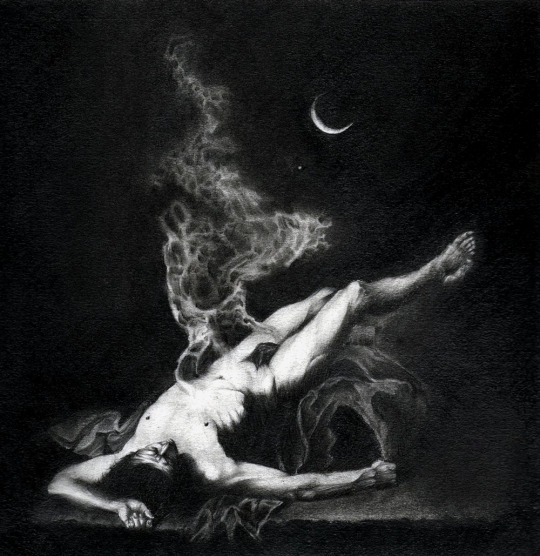
The Box 2 - Separation 2011 | artwork by Micki Pellerano
93 notes
·
View notes
Photo
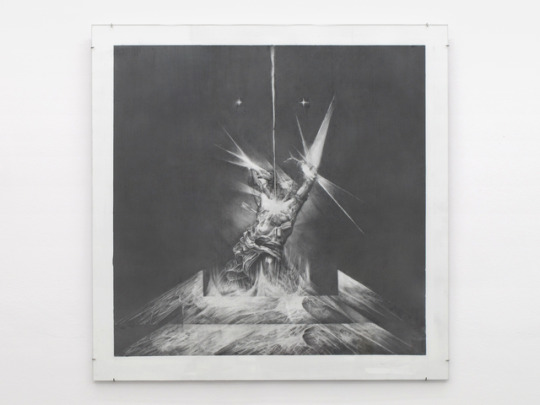
Micki Pellerano
Celestial Love
2015, Graphite on paper
16 notes
·
View notes
Photo
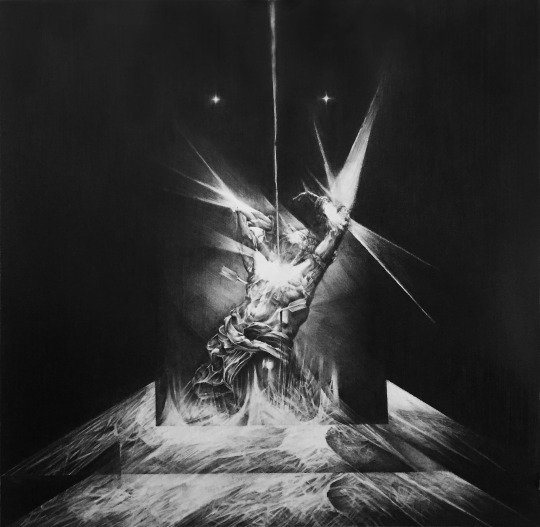
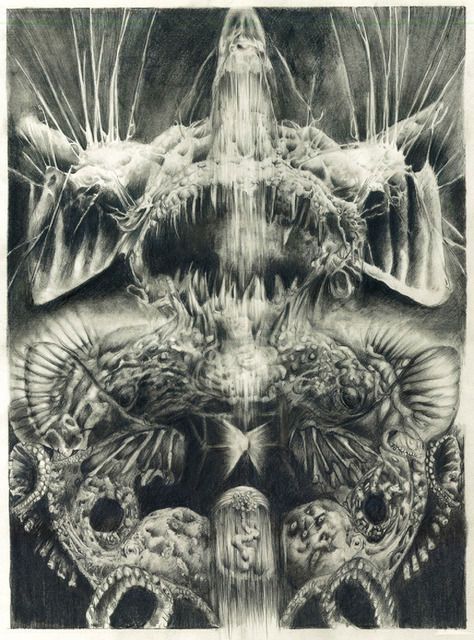
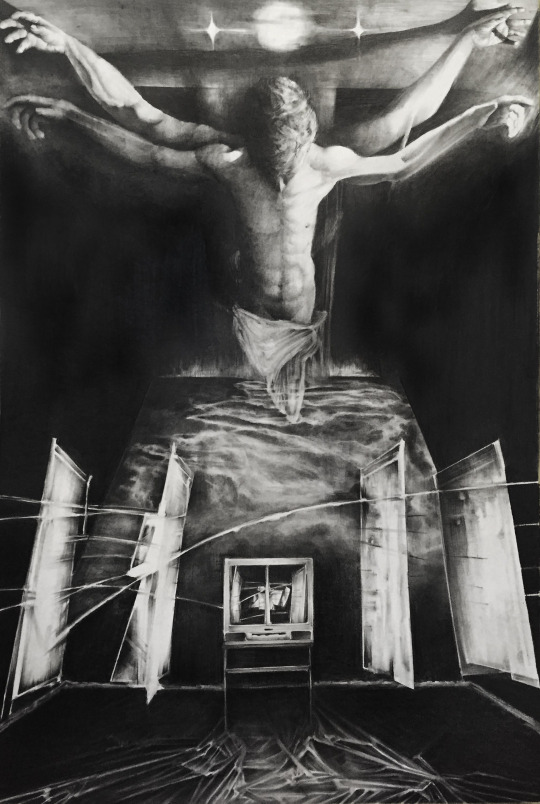
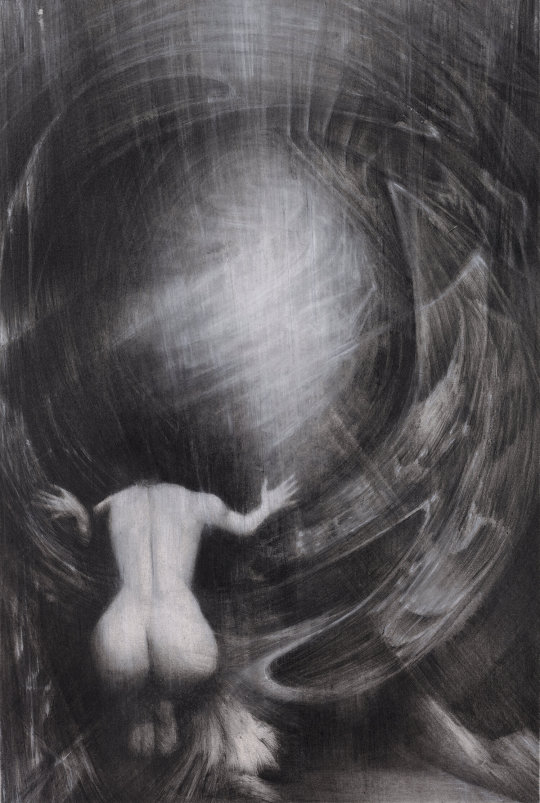
micki pellerano
https://www.vice.com/en/article/gqmb59/chatting-with-artist-micki-pellerano-about-his-new-show-celestial-love-765
5 notes
·
View notes
Text
SI SEDES NON IS
Curated by Milovan Farronato
07/04 - 26/08/17
The Breeder
45 Iasonos st.
10436, Athens




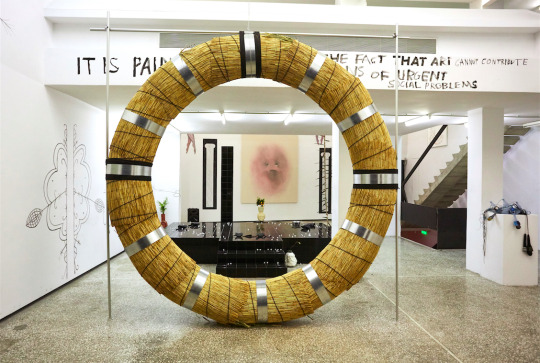
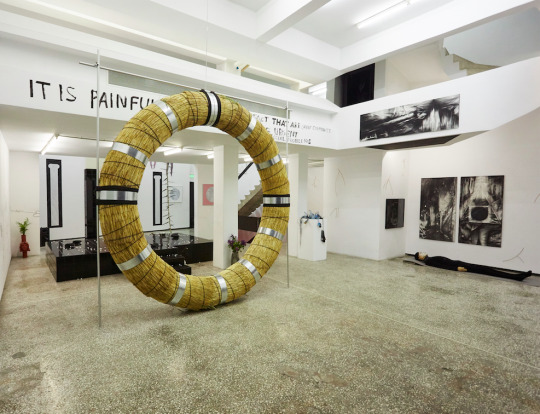
Enrico David, Joana Escoval, Anna Franceschini, Delia Gonzalez, Camille Henrot, Karl Holmqvist, Christian Holstad, Maria Loboda, Goshka Macuga, Lucy McKenzie, Paulina Olowska, Christodoulos Panayiotou, Angelos Papadimitriou, Micki Pellerano, Angelo Plessas, Gareth Pugh, Mathilde Rosier, Prem Sahib, Vanessa Safavi, Socratis Socratous
a missive coming from some place in space and time After the Event (A.E.)
Ciao Milovan, I hope you are doing well, sailing on your ship, the Little Flowers, far, far away from here. I've been wanting to write to you for a long while now, after the coup d'état - a theatrical play orchestrated from you - has taken place. You'll be curious to know how things went, I guess. Well, here you go, let's begin from the start.
We are in A., it's the end of March. The work has almost come to a conclusion, everything is irreversibly ready by now. Old banknotes, whips corrugated out of uses and reuses, they are swishing in the springtime wind of the Mediterranean, still carrying a humid trace within it before the big summer aridity. The stocks diagrams are shining like silver paths, nerves of a lithe, mutable financial body. The stage is empty, the auditorium silent. It's full of writings everywhere. I cannot understand them all, some of them seem to have been written in unknown languages, thousands of years old. Some other just seem to be scribbles. Verbal junk. One catches my attention, maybe as it's the only one in capital letters: WHAT TIME IS LOVE?
In a corner, a bunch of withered mikes waits to be picked up by hands with aerograph- polished nails and refreshed by a voice of dew. There are roses, there are crosses. The dancers and the singers are holed up downstairs, enlightened by pale video reflections, the flickering of digital flames, iridescent and cold on their vaguely smiling faces. Some are pacing back and forth, highly strung, on top of some really high crystal heels which only by miracle are not hitting against the shaped neon tubes on the ground, sinuous snakes of light leading the path. The New Ideologies are almost ready to be sung. The Texts of Invocations will be superimposed during the TV live coverage, on April 6th, so that all of the world can come together in a big global and ecumenical karaoke. The airing date has been widely discussed, then the dolphins rhetorically took over and the Illuminati acknowledged the date would have been the Sixth of April. And now, Milovan, here we are; it's time, irreversibly the time.
Forgive me now, just on the thick of it I need to make my farewells!
They are calling me, they are about to open the hermetic door.
tanti baci, Anna
#Enrico David#Joana Escoval#Anna Franceschini#Delia Gonzalez#Camille Henrot#Karl Holmqvist#Christian Holstad#Maria Loboda#Goshka Macuga#Lucy McKenzie#Paulina Olowska#Christodoulos Panayiotou#Angelos Papadimitriou#Micki Pellerano#Angelo Plessas#Gareth Pugh#Mathilde Rosier#Prem Sahib#Vanessa Safavi#Socratis Socratous#Milovan Farronato
0 notes
Text
Conversations | Kyle Lopez

“You owe it to yourself to entrust your art to those who will advocate for it above and beyond an initial acceptance or feature.“
We are excited to interview Kyle Lopez, a Cuban-American poet who just joined New York Foundation for the Arts (NYFA) as the REDC Fellow, NYFA Learning. Lopez is also a graduate student who looks forward to growing as an arts administrator while supporting NYFA’s programming. Learn more about Lopez’s (pen name Kyle Carrero Lopez) eclectic professional background.
NYFA: Can you tell us about your connection with Cuba and recent projects there?
Kyle Lopez: I come from a Cuban-American family. My father was born in Cuba, while my mother was born to Cuban parents in North Jersey. Thus, I decided to commit part of my time in college to learn more about my heritage via lenses of political science, literature, and Africana studies. This piqued my interest in U.S.-Cuba relations and Santería, which my mother’s side of the family practices. I first traveled to Cuba in 2017 after applying for a literature-focused fellowship from CubaOne, an organization that provides Cuban-Americans with educational trips to Cuba. This time in and around Havana drove me to continue engaging with Cuba beyond the trip, and in February 2020, after months of mission-building and itinerary preparation, I led CubaOne’s first trip with an entirely Afro-Cuban focus alongside two other CubaOne alumni, Vanessa Navarro and Haidee Suarez. With the help of Beyond Roots, a Cuban-founded venture focused on highlighting Afro-Cuban culture, we and the chosen fellows visited major sites of Black history and culture in Cuba, while also having crucial cross-cultural conversations on racial discrimination in both Cuba and the U.S.

NYFA: You’ve gotten many job opportunities since arriving in New York City. Can you share some of your career strategies with our readers?
KL: The first work opportunity I had upon moving to New York City three years ago was with Studio One Eighty Nine, a sustainable fashion brand based in Ghana and the U.S. I had some background working in fashion before then, so I hoped to keep that going. My strategy was to e-mail brands whose values aligned with mine and see if there might be room for me to get involved. I reached out to One Eighty Nine at the right time, and they got me involved in the production team for their Spring/Summer 2018 presentation at New York Fashion Week. I stayed in contact with them from there on, working pop-up events or writing product descriptions for the site. My other early opportunities, like performing in Tania Bruguera’s Untitled (Havana, 2000) at MoMA and my stint in copywriting at an ad agency, came my way largely because I made it known that I was job-hunting by posting on social media and emailing people in my network. I also asked certain contacts who had experience in the roles I was applying for for feedback on cover letters and resume drafts, which they were happy to advise me on. The main takeaway for me has been that people want to help you as much as they can, so though it can feel like a solo task, it definitely isn’t and shouldn’t be.
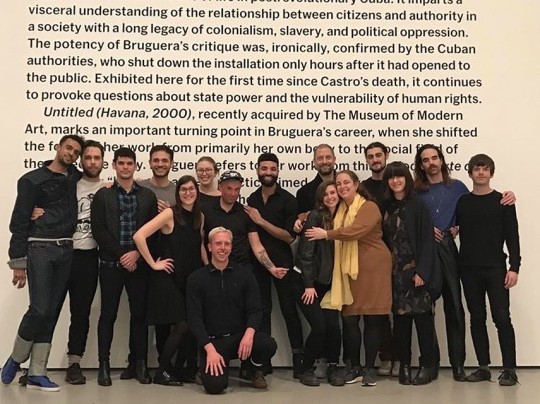
NYFA: As a literary artist, what advice do you have for artists that want to meet editors and spread the word about their work?
KL: Coming into my MFA program at New York University, I felt some pressure right off the bat to catch up with poets in the program who’d already published work in big places. As time went on, however, I realized that the program’s writers were at a variety of stages in their artistic development, so it didn’t really make sense to compare myself to others. Instead, I shifted my mentality toward being in community with my fellow writers and celebrating their successes just as much as if they were my own, which has really changed the game for me. With less pressure to snag publications as fast as possible, I’ve been able to focus more on ensuring that what I do put out there comes when it’s ready. It’s also become a priority of mine to work with people who go that extra mile in the editorial process, like Madeleine Mori from the Pigeon Pages team, who pushed back on my tendency to sometimes over-edit while explaining why the first version of a poem of mine she chose was working so well. If you encounter a particular artist’s work in a journal or magazine that you really enjoy, don’t be afraid to get in contact with them and ask what their experience of working with the editors was like. You owe it to yourself to entrust your art to those who will advocate for it above and beyond an initial acceptance or feature.
About Kyle Lopez
An experienced writing tutor, copy editor, and program coordinator, Lopez is excited to apply the skills he’s developed over time toward helping artists navigate the challenges of the working artist’s life as the NYFA Learning Team’s Program Fellow. He received a BA degree in English and Interdisciplinary Studies from the College of William & Mary in 2017, and currently attends New York University’s Creative MFA degree program, where he is a Goldwater Fellow. His poetry is published or forthcoming in Hobart, Poetry Magazine, The Cincinnati Review, The Journal, and elsewhere, and he has recently performed at La MaMa Galeria for History/OurStory, at Fahimi in Berlin for the Domicilium reading series, and as featured reader at the Boston Poetry Slam. He lives in Brooklyn.
We’re also excited to welcome Sarah Overton, a former intern who is rejoining NYFA as the REDC Fellow, Development. Overton is currently pursuing her MA degree in Performing Arts Administrationn at New York University. A passionate community collaborator and cellist, Overton has served on boards and committees for the Timucua Arts Foundation, the Orlando Philharmonic Orchestra, and United Arts of Central Florida, and performed as principal cellist for Classern Quartet.
- Interview Conducted by Alicia Ehni, Program Officer
This post is part of the ConEdison Immigrant Artist Program Newsletter #127. Subscribe to this free monthly e-mail for artist’s features, opportunities, and events. Learn more about NYFA Immigrant Artist Mentoring Program.
NYFA’s REDC Fellows are supported by the Regional Economic Development Council and the New York State Council on the Arts.
Image from top to bottom: Kyle Lopez, Photo Credit: Leilani Bruce; Jose Corredera Gutierrez and Adriana Heredia of Beyond Roots, with a painting by Gilberto Martinez Gutierrez, Photo Credit: Kyle Lopez; Team involved in Untitled (Havana, 2000) at the MoMA, from left to right: Jonathan González, Jake Sokolov-Gonzalez, Ernesto Manuel López, Victor Rivera, Martha Joseph, Sb Fuller, Laura Pfeffer, Ian Deleón, Kyle Lopez, Stuart Comer, Lizzie Gorfaine, Tania Bruguera, Rudy Gerson, Kate Scherer, Alexis Ruiseco-Lombera, Micki Pellerano; Photo Credit: Micky Lopez

#conversations#interview#iap#immigrant artist mentoring program#immigrantartistmentoringprogram#iap newsletter#iapnewsletter#nyfa learning#nyfalearning#kyle lopez#kylelopez#alicia ehni#aliciaehni#instagram
0 notes
Photo
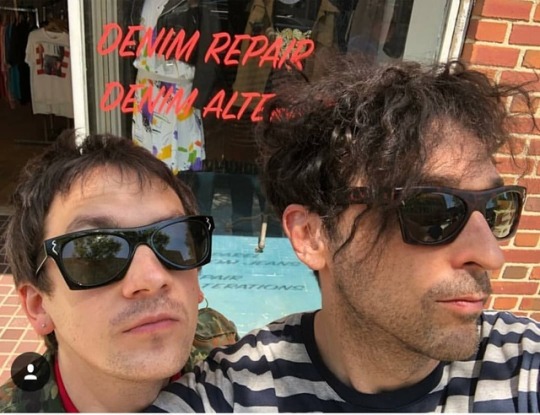
TODAY we can finally officially announce SHADY SPEX! 👏👏👏 Sweet Joey and Jonathan Toubin started an economy rock 'n roll sunglasses company 🕶 and this is our first model, thee “NY NIGHT TRAIN” inspired by JT's favorite pair of vintage frames - like those worn by LIGHTNIN HOPKINS, BUDDY HOLLY, MO TUCKER, etc... they have 100% UV400 54mm wide G15 lenses, AVI SPIVAK’s logo inside, and MICKI PELLERANO’s metal “SNAKEY S-molds” on the front. available in black and matte tortoise! they’re only $20 and you can buy now at SHADYSPEX.COM! @jonathantoubin @sweetjoeys @avispivak @mickipellerano (at Sweet Joey's)
0 notes
Photo
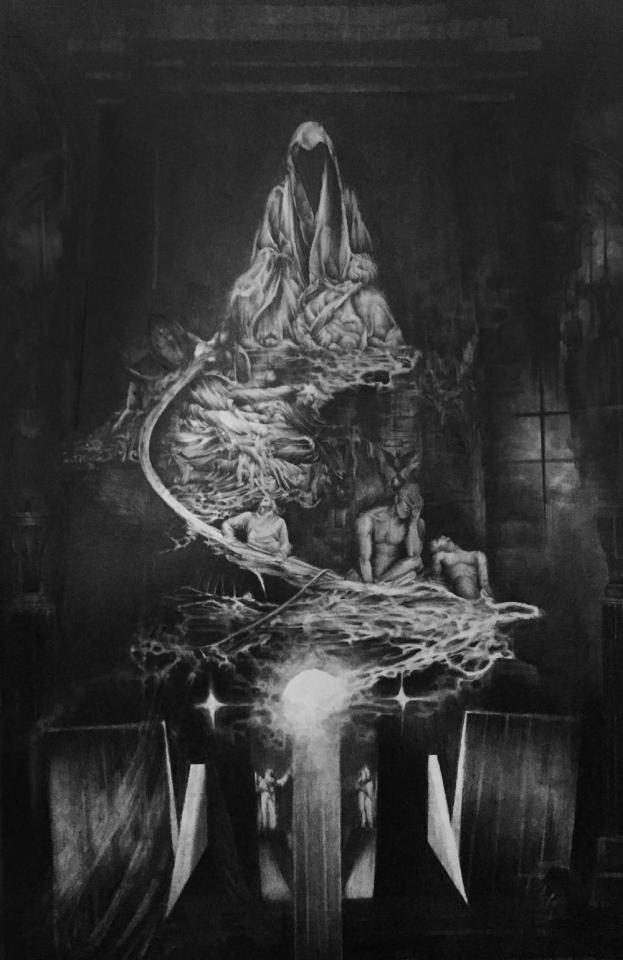


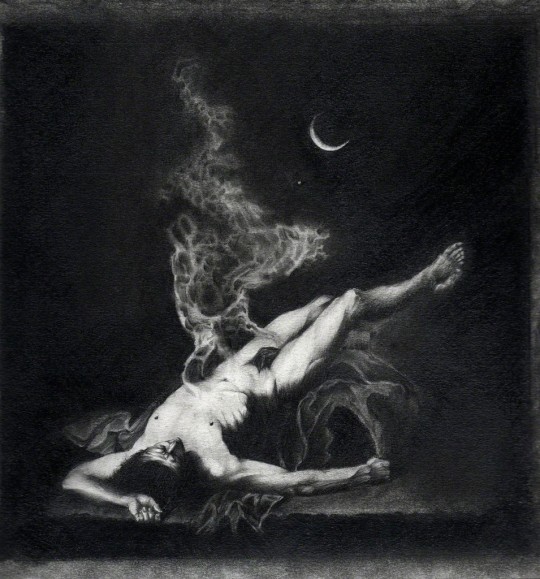
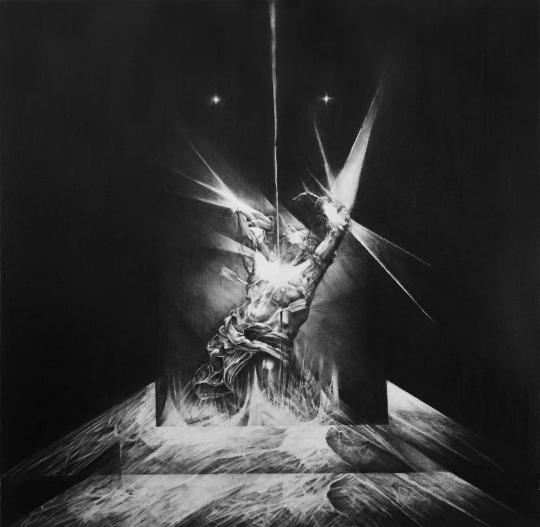
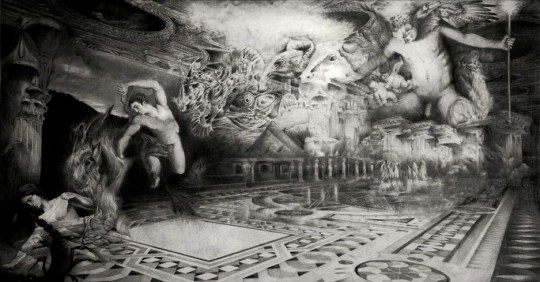


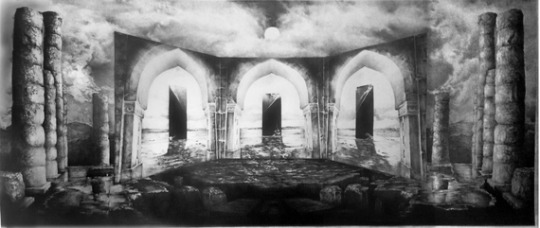
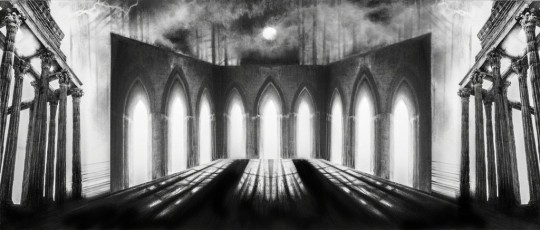
Works by Micki Pellerano. My discovery-channel: Acts of Disgust.
188 notes
·
View notes
Video
youtube
Uniform - “Indifference”
directed by Micki Pellerano and shot by Jacqueline Castel
#Uniform#Micki Pellerano#12XU#Alter#Perfect World#Michael Berdan#Ben Greenberg#Hubble#Drunkdriver#The Men#Pygmy Shrews#York Factory Complaint
1 note
·
View note
Video
vimeo
Title: THE TRIUMPH OF PAN
Filmmaker: Daniel McKernan
4:30 mins, B&W, with sound, UK/EUROPEAN PREMIERE
'The Triumph of Pan' is a short video documentation of a performance art ritual of the same title, conceived of by Micki Pellerano. Pan is the god of the wild, known for his deviance which inspires "panic" and famous for his sexual powers. Edited by Daniel McKernan from footage by Mekko Harjo on Hallowe'en. Music is used with permission from David Tibet: "She Took Us to the Places Where the Sun Sets" by Current 93. This ritual was performed at midnight on Samhain 2010 e.v. ☾ in ♌
#triumph of pan#daniel mckernan#micki pellerano#current 93#anok pe#david tibet#birth canal blues#occult ritual#performance art#halloween#hallowe'en#danny mckernan#danielmckernan
1 note
·
View note

